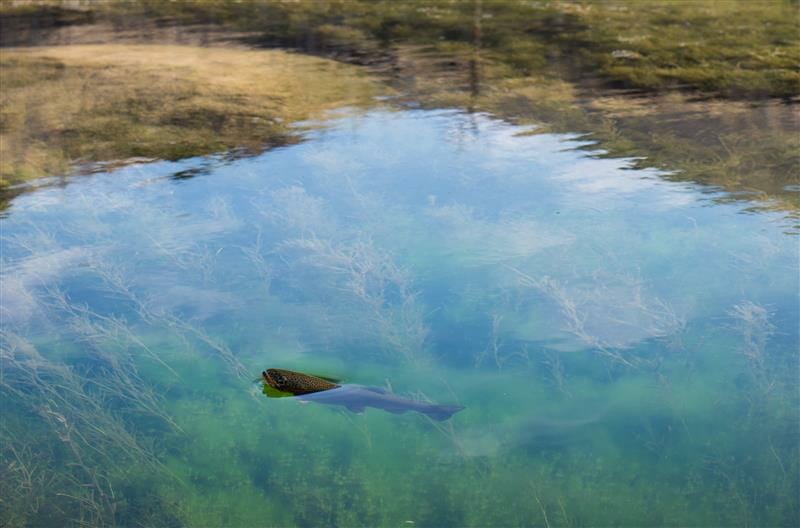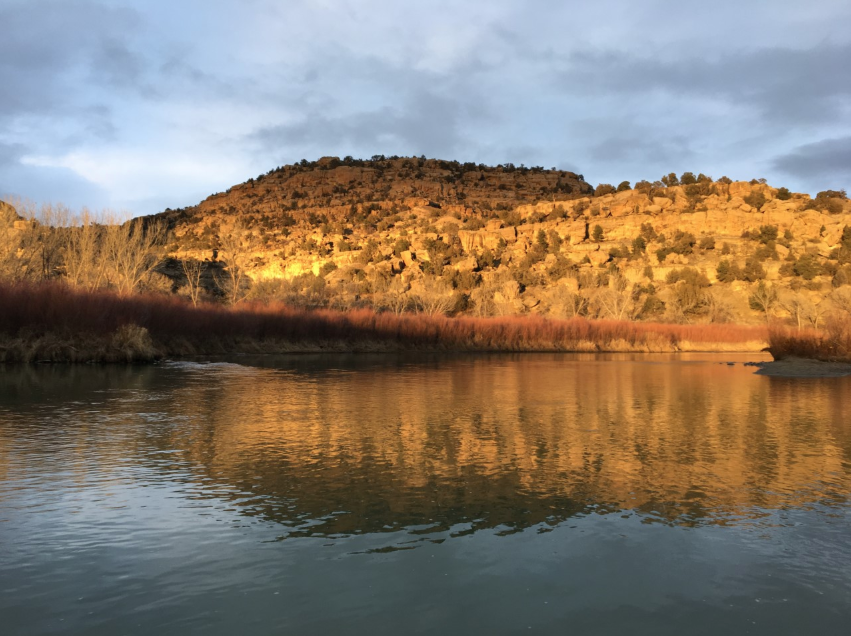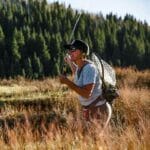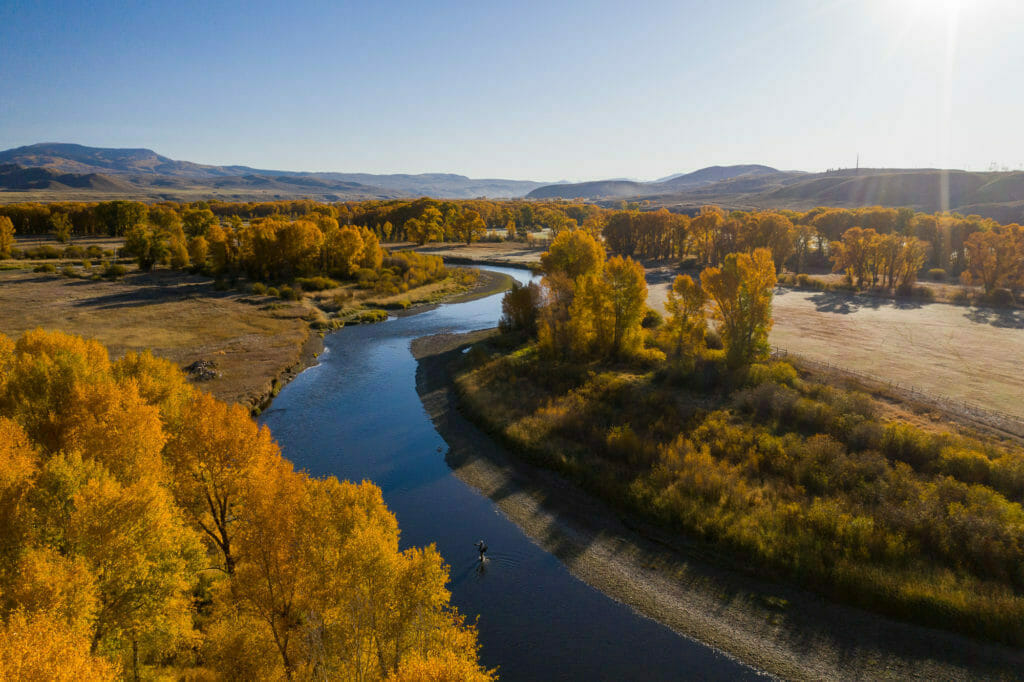The gnarled, dark brown bark of cottonwoods lining rivers throughout the west make the yellow leaves glow in the sinking sun. And that low sun has other advantages when it comes to fishing.
As I approached the water, I saw the tell-tale signs of fish working the water column. Mostly it was dorsal fins cresting the surface as the trout inhaled emergers, but occasionally, a nose broke the surface for a midge. As all of this occurred, my heart raced. It had been too long since I fished.

So naturally, I blew my first few casts. The first went wide and to the right and didn’t hit the right flow of current to meet the fish. The second, well, the second was just a disaster, and we’ll leave it at that. I was just too excited by the prospect of catching fish on the surface (or just under).
I took a minute to breathe. Three count inhales to six count exhales was the ticket to calming my heart, brain, eyes and hands to tie on 7x and a size 24 midge and trailing emerger.
After my studious efforts to tie the knots correctly and quickly, I began the repetition of casting as I’d done thousands of times before. Feeding out line and watching as my loops tighten before the release.
And this time, the cast hit is mark. As I watched my midge float towards the rising trout in just the right seam, the low sun also allowed me to see the fish’s movements perfectly. Just as my rig got to its feeding lane, the trout slid two feet to its left and away from my flies giving me its “middle fin.”
I tried one more drift as the fish slid back to its original spot, and after a painful refusal, it was once again time to retie my rig. And breathe.

This pattern continued, so with cold fingers, I tucked my rod under my arm, found a rock to sit on and watched. The same low sun that makes yellow leaves shine makes for incredible sighting of fish.
Watching trout activity, for me, is just as fulfilling as scooping them into my net after a brief fight, so I recommend taking advantage of our low light and go watch trout.



